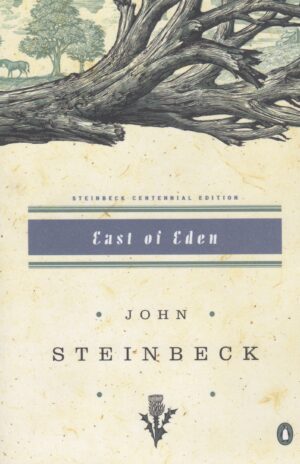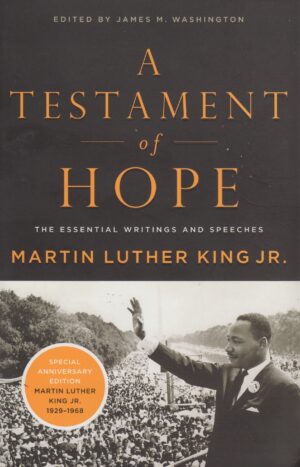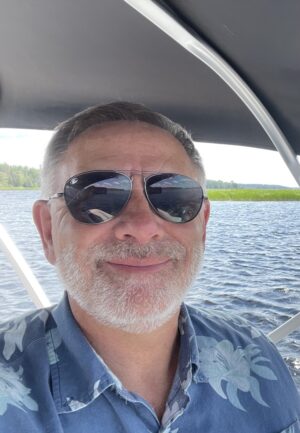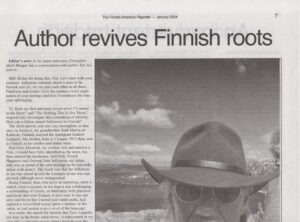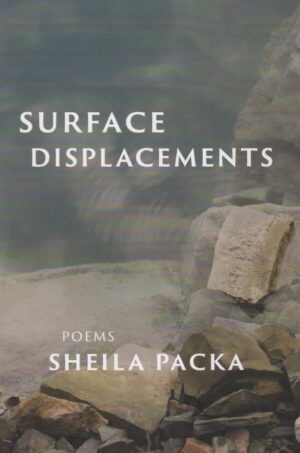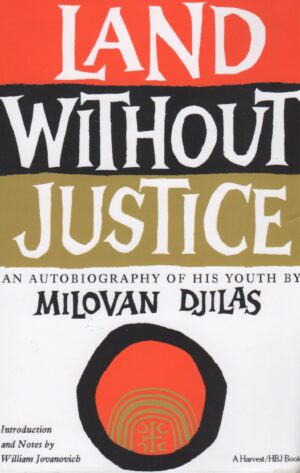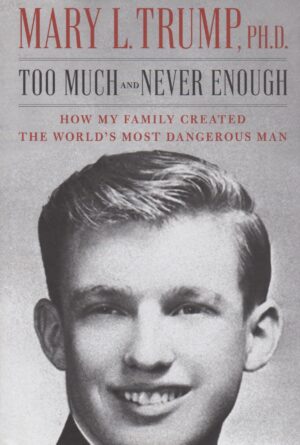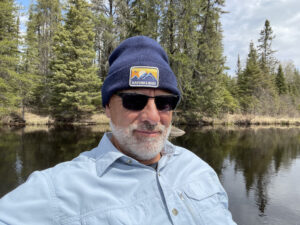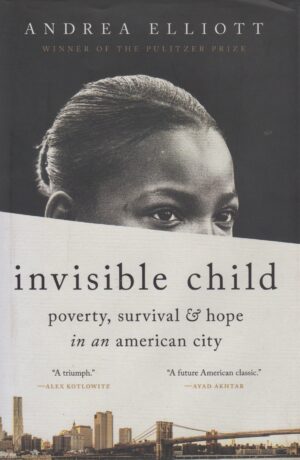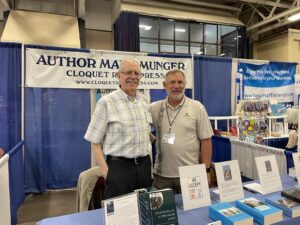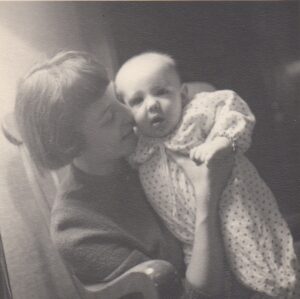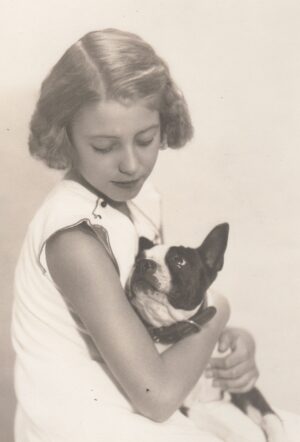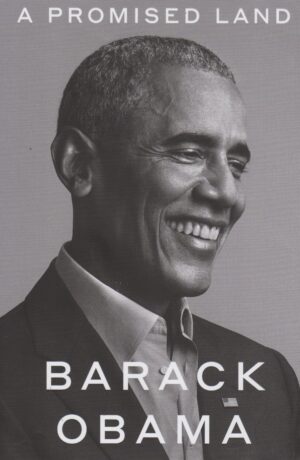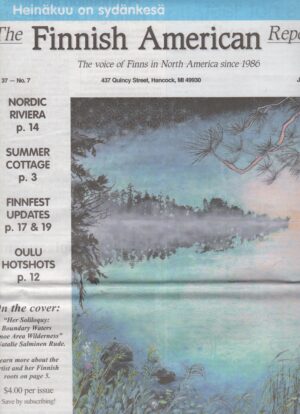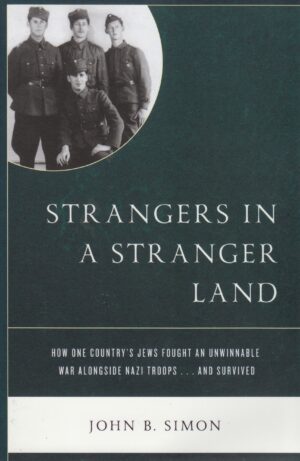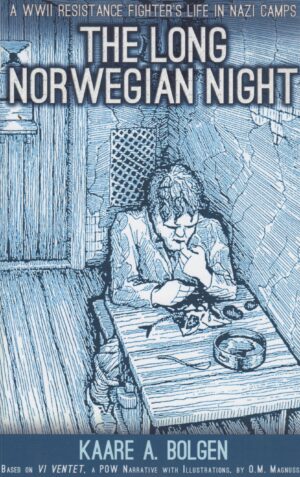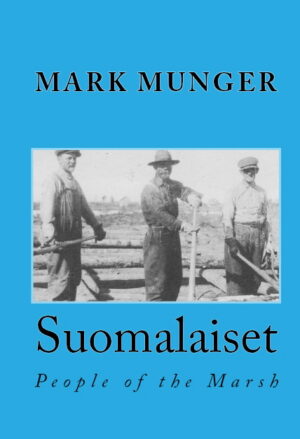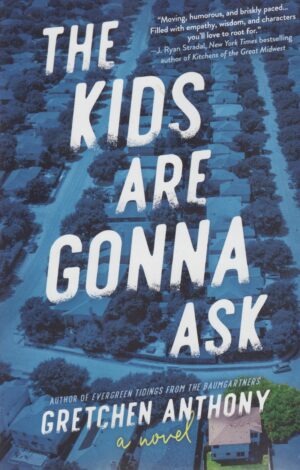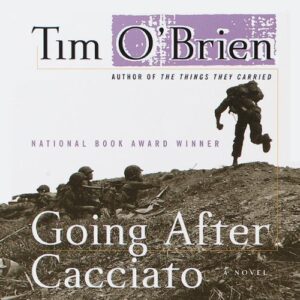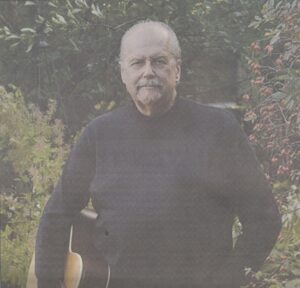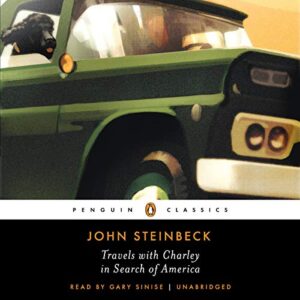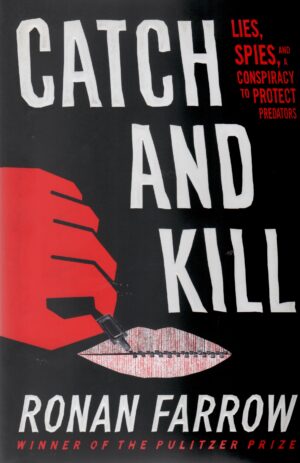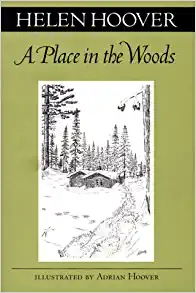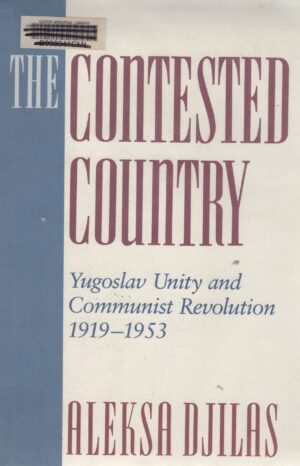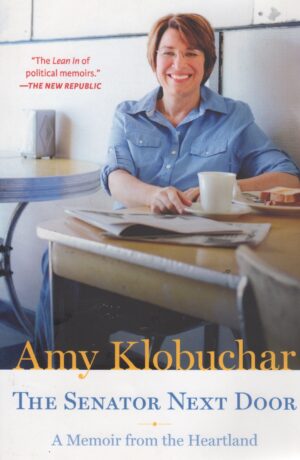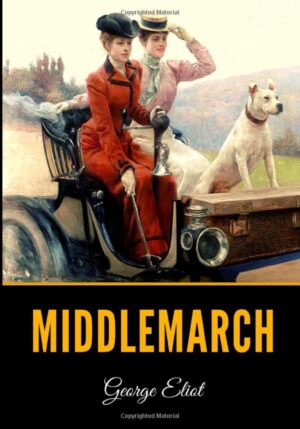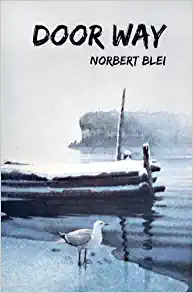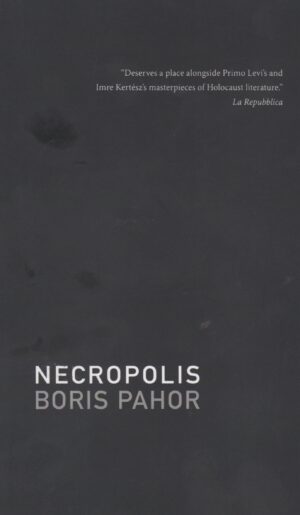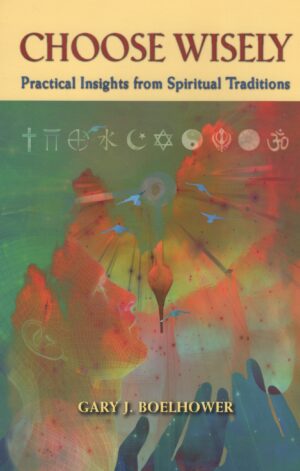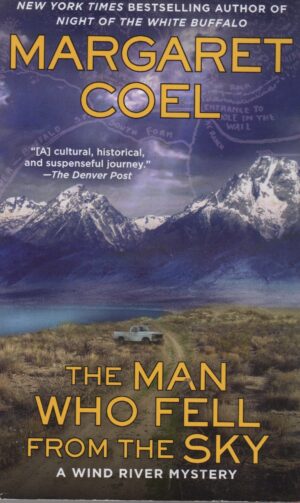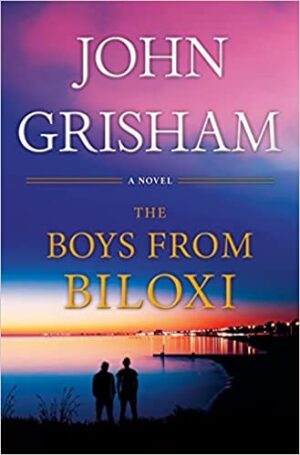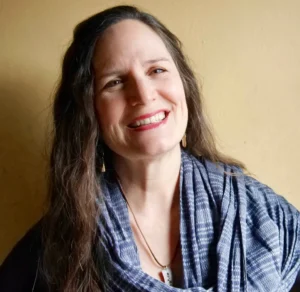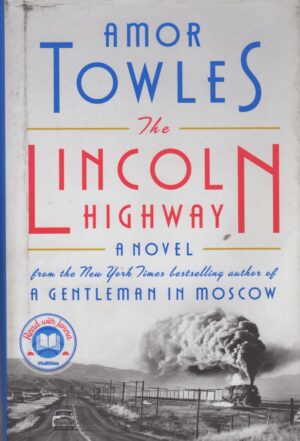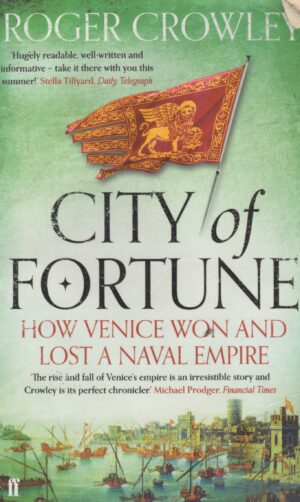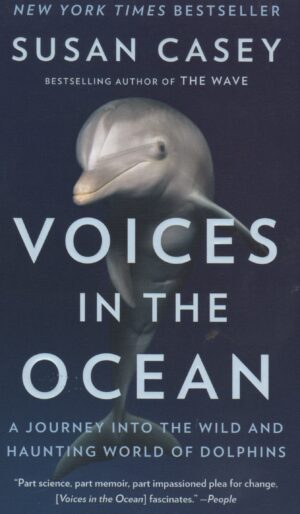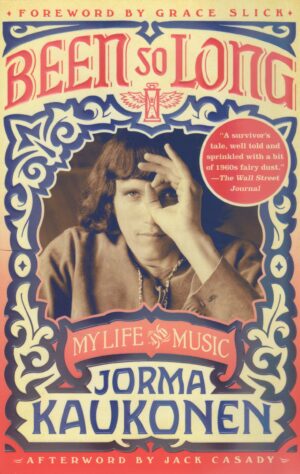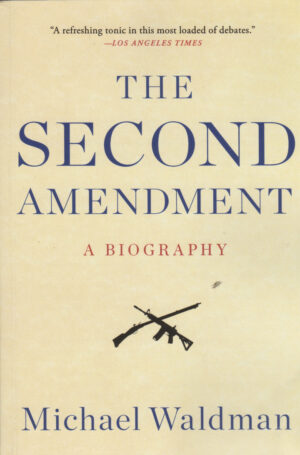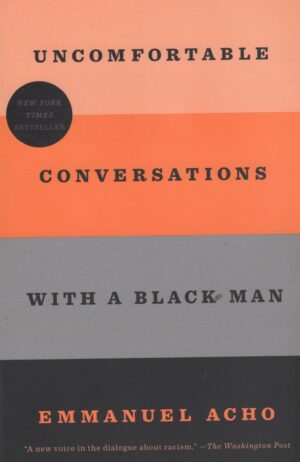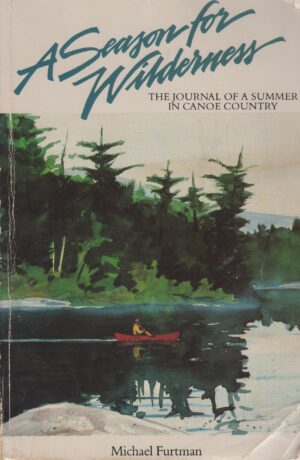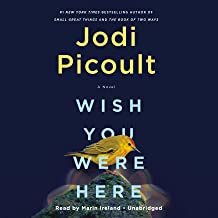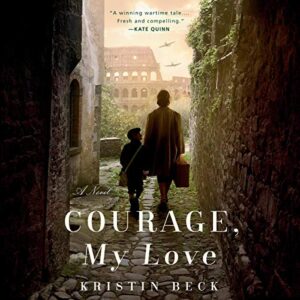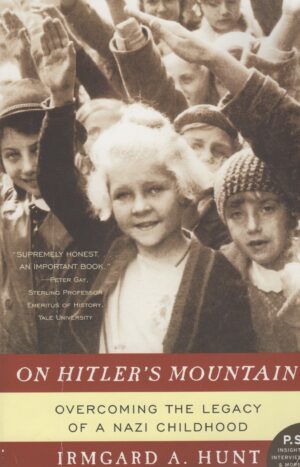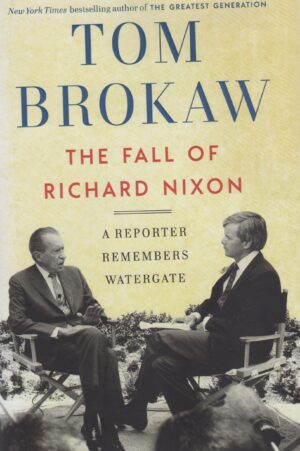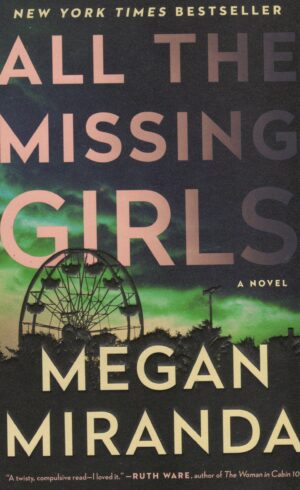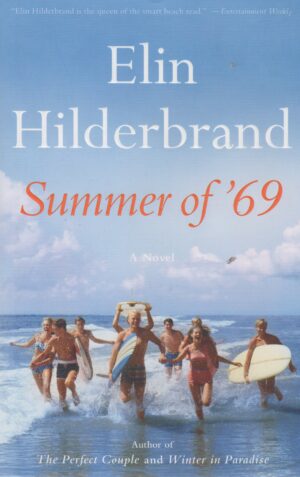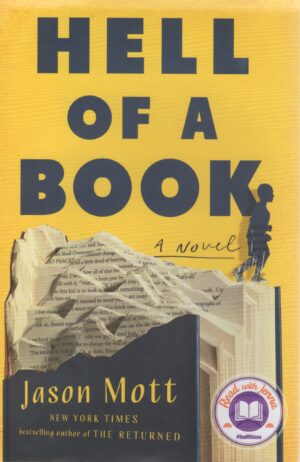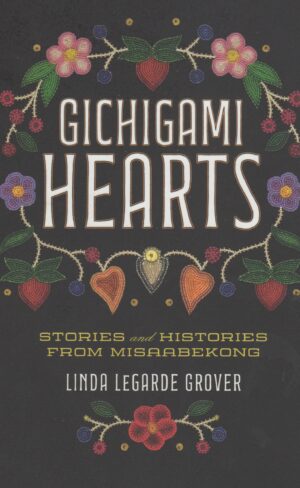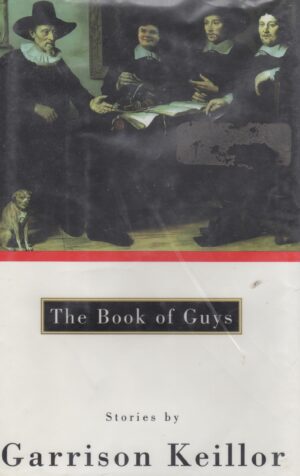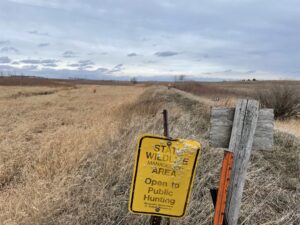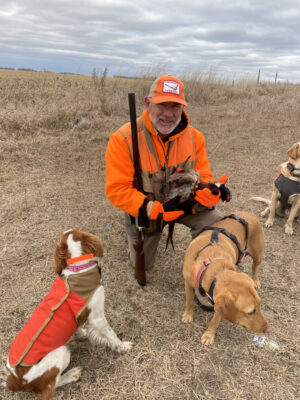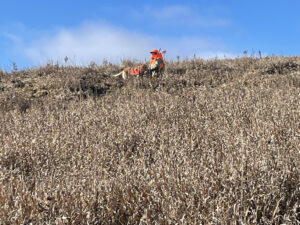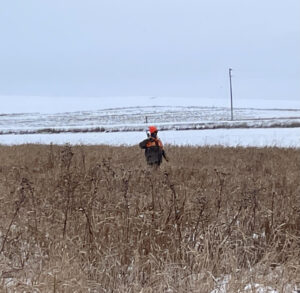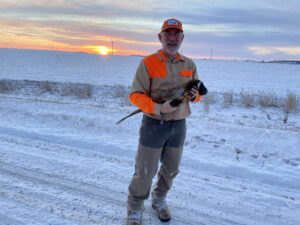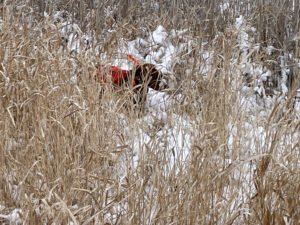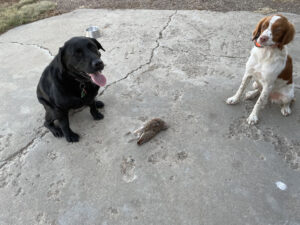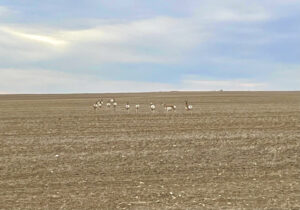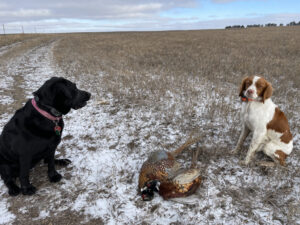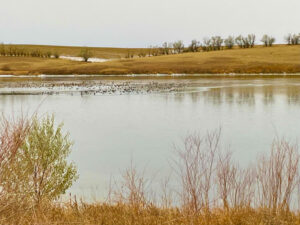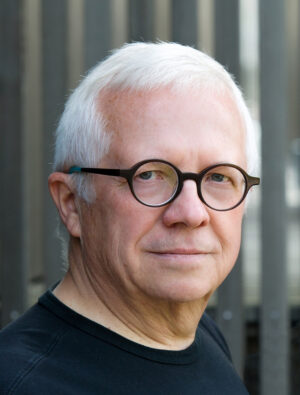
Imagine being a young Finnish boy growing up in Minnesota’s Finnish Triangle. Consider dealing with congenital hip defects and leaving the family farm outside Sebeka at age six to travel to Gillette Children’s Hospital in St. Paul for multiple surgeries. Imagine, as a consequence, spending nine months in the hospital, three months with casts on both legs, and celebrating your seventh birthday amongst strangers. Then, appreciate that the lad depicted eventually became an award-winning, Duluth-based architect.
Seventy-eight-year-old David Salmela’s quintessential tale of the American Dream began in a small hospital in Wadena, Minnesota. Because so many children were delivered the day David made his appearance, because all the delivery rooms were in use, Salmela’s mother gave birth to him in a hospital corridor.
David was raised on a small farm outside Sebeka. The Salmela place was surrounded by dozens of other Finnish farms. Once his hips mended, David found himself attending a rural school, the center of education for himself and twenty other children of Finnish descent raised in bi-lingual homes. Though¾through careful listening¾the children learned Finnish at home, they didn’t speak it at school.
“I’m usually interviewed by architectural magazines,” David related as we sat in the Salmela’s lovely home perched high above Duluth overlooking St. Louis Bay and Lake Superior. In his quiet, firm voice, David revealed an innate reluctance to boast. “I’m interviewed by newspapers. One of my goals is to stay out of the public eye …” He added, “It’s a responsibility but one that needs to be treated carefully.” With a slender laugh, he conceded that Finnish folks rarely toot their own horns: “Finns frown on that.”
Both sides of David’s family remain in contact with relatives in the Old Country. Visits “back home” have included tours of ancestral farmsteads. In fact, the heritage of one paternal farm dates back to 1770: a longevity of ownership that’s been recognized by the Finnish government.
With a smile, David explained how he, and later his children, became immersed in both cross country running and skiing. “It was a mile from the farm to the school,” he said, “and I got tired of being beat by the girls.” He added, “That’s when I started running. One mile there, one mile back. Every day.” By ninth grade, David was confident enough to try out for the Sebeka High School cross country team. He won the tryouts, made varsity, and, as a sophomore, won his first race (which took place on a farmer’s field near New York Mills). “I realized, ‘Isn’t it amazing. I’m doing this after having congenital hips and spending a long time in the hospital.’” David continued. “Not only was I crippled, but, because I lost four inches of growth due to the surgeries, everyone else was bigger than me.” Another pause. “After my senior year, maybe I could have gone to Bemidji (Bemidji State University) and run on the team. But it was over. I’d gotten what I needed … (T)hat reflected onto our kids. Cory and Chad and Tia and Kai and Brit are all runners and skiers. On a national level, even competing internationally.” David confided, “I never pushed them.” When each child was about to graduate from high school, his advice was, “Well, you know, you can always go to school. But you can’t always be young and be a competitor.” The Salmela kids pursued their sports, returning, in due time, to complete post-high school studies, including Kai who earned a master’s in architecture from the University of Minnesota, a BFA in graphic design from Rhode Island School of Design, and now works alongside his father in the family firm. “They all got into better schools than they would’ve starting out …”
Immersed from birth in the Finnish language, David observed, “My grandmother lived with us and never spoke English. Half of the conversations at home were in Finnish, half in English.” When he went to junior high school in the town of Sebeka, David noted it was “like moving from Duluth to St. Paul. It was a different world. All of sudden, there were Germans and Swedes and Norwegians!”
David acknowledged that, ingrained in Finnish American culture is the knowledge of how to solve the inherent problems of farm life. David explained that his father grew up in Vermillion Lake Township, the first white child born there. Lacking money to buy things for the house, David’s paternal grandmother crafted furniture from orange crates. “You build things with what’s available,” he noted, a sentiment reflected in the choice of building materials used in Salmela designs.
A recent example of such problem-solving involved David being asked to design a chair for Osmo Vänskä (when Osmo left the Minnesota Orchestra). As the material for the chair, David selected indigenous basswood. “The cheapest wood you can get locally. The logic, the Finnish logic, is that you use available material.” Once the chair was built and David presented it to the famed conductor, “Osmo looked at it and said: ‘That is a Finnish chair!’.” The architect’s take is that, driven by poverty and a difficult climate, “the realization of years living in the aftermath of Finnish culture, without even realizing it” culminates in such design sensibilities. He concluded, “If you look at Finnish architecture and design, it’s as beautiful as anything in the world.”
So how does a Finnish boy from Sebeka end up an award-winning architect? The answer to that question can’t be discerned by following a simple, linear path.
After graduating from high school, David, who was infatuated with architects Frank Lloyd Wright, Charles Le Corbusier, and Alvar Aalto, wanted to become an architect. He was also interested in art, attending a Modernist art exhibition in the Twin Cities that inspired him to create an abstract painting in the style of Jackson Pollack on the backside of an old quilt lining of his mother’s. “The painting hung in my parent’s living room for years. But when neighbors came over, they wouldn’t look at it!” he said with a laugh.
It was the early ‘60s. War is in the wind. Rather than wait to be drafted, Salmela enlisted in the Army National Guard and served six months of active duty. After completing his military obligation, he enrolled at the University of Minnesota with the intention of earning a degree in architecture. But reality set in. Required to take four years of prerequisites before entering the architecture program (expending seven years in total to earn a master’s) David did the math. “How in the world will I pay for this?” he asked himself. “I’ll just take a drafting course.”
David enrolled in a four-month drafting course held above a Minneapolis drugstore. He left the class early with the intention of finding a drafting job at an architectural firm. “They all laughed at me.” Redirecting his efforts, he applied at engineering firms, landed a job, and met his wife, Gladys. The couple married and later moved to NE Minnesota because David wanted to live on his father’s farmstead near Tower. Settling on the Iron Range, David found work with various engineering firms. But the draw of architecture wouldn’t abate. Eventually, Salmela applied for a position with Finnish American architect, Eino Jyring, and was hired as a draftsman. A year later, David joined the Damberg firm in Virginia, MN. At Damberg, the first building David worked on was the White Community Hospital in Hoyt Lakes, MN. The success of that project led to David designing the IRRB headquarters in Eveleth. The success of that project led to some unexpected professional recognition. “All of sudden, architects in the Cities are saying, ‘who the heck did this?’”
“We won-on smaller projects-Minnesota American Institute of Architects (AIA) Honors Awards, which was a shock because no one outside the Cities had won one in twenty-five years.” But it wasn’t until he was asked to design a residence for Finnish American doll designer, Faith Wick, when David utilized lessons learned as a boy growing up in Sebeka. “Everything before the Wick house was Modernist, which was in keeping with where Minnesota design was at the time.” He paused. “But then I read an article about all the nationalities that came to and lived on the Iron Range. When I read that, and Faith wanted a Finnish folk house, I said ‘holy cow’…”
His design for the Wick home won an Honor Award from AIA Minnesota. Using what he learned from that process, David designed a home for photographer, Peter Kerze, again, following his Finnish sensibilities regarding materials and design. That homestead (which includes a sauna) won yet another AIA Minnesota Honor award. When asked by this Slovenian American why Kerze, an Italian-Slovenian American, needed a sauna, David laughed and said, “Because he’s a Ranger!”
David worked at Damberg for twenty years. When the firm merged with another group, David began searching new opportunities. He landed a job with a firm opening a Duluth office (necessitating the Salmela family moving to Duluth) before eventually founding Salmela Architect.
I was curious how David was able to become a registered architect without a college degree.
“I remembered there was a grandfather clause¾for those with at least thirteen years of experience but who didn’t have a degree¾and it was going to sunset. I had one year to study for the exam and get all my prerequisites in order to take the test. I passed eight of nine sections, retook the section I missed, and passed it.”
As our time together drew to a close, David referenced a collection of distinctive dwellings built into the craggy Duluth hillside surrounding the Salmela home. Studying the cluster of Salmela-designed homes, I recalled that my former law partner, Tom Clure, hired David to design the Clure house just down-slope from where we were talking. “Tom gave me this lot for my work,” David recalled. “These homes collectively won an AIA Minnesota Honor Award for urban design in 2007.”
Hoping to understand Salmela’s creative process, I asked David to explain his approach to building design. According to David, there are five key principles he considers when envisioning a project:
- Understand the land;
- Know where the sun rises and sets;
- Understand the means of building, which includes the materials that could be used and overall affordability;
- Grasp the client’s program and goals; and
- Appreciate the connection between the structure and the surrounding culture.
In 2007, David was granted an honorary degree by the University of Minnesota-Duluth for his amazing body of work. To date, Salmela Architect has won seventy-seven awards from prestigious state and national organizations. David’s philosophy regarding design has been written about throughout the world and his remarkable legacy is the subject of two books published by the University of Minnesota Press.
But, more importantly, despite all the attention and the accolades, David Salmela remains the same unassuming, humble Finn who decided, when girls sprinted past him at school, to improve his lot in life through hard work.
“I attribute the courage, the instinct to do what I do, to the Finnish culture. To sisu. It’s like what my ancestors experienced coming here. They didn’t have time to complain. They came here and made things work. There was no one helping them-or me-out.”
(This article first appeared in the March 2024 issue of The Finnish American Reporter.)


